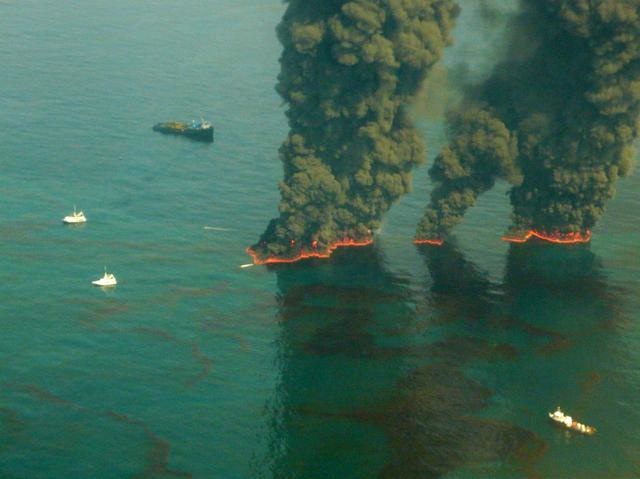Science News
Oil Clean-up Technology
May 26, 2010

As of this writing, BP is attempting the “top kill” method to stop the flow of oil in the Gulf of Mexico. President Obama is planning a trip to the Gulf on Friday. And the The Wall Street Journal just printed this quote by Carol Browner, the president's senior adviser on energy and the environment, "This is probably going to be the worst spill we've ever seen, and possibly the worst environmental disaster this country has ever seen.”
In the meantime, the amount of oil in the Gulf keeps rising. In fact, the PBS Newshour has developed this revealing tracker to measure how much oil is released in real time.
So what to do with all that oil that’s already in the Gulf?
Initially, some of it was set on fire. In addition, thousands of gallons of toxic dispersant were released, that the EPA now has banned. (Deborah Blum has some great blogs about that fiasco.)
Apparently, our friends at Matter of Trust have had their hairmats turned away. Kevin Costner has invented machines, stainless steel centrifugal oil separators, that will be tested this week. Ohio scientists have suggested aerogel. The press and members of the American Society of Microbiology think that oil-eating bacteria could be the key.
There are a lot of good ideas out there, but shouldn’t there be a proven method and plan in place already? Academy researcher Rebecca Johnson expressed her frustration earlier today, “It is hard to imagine issuing deep sea drilling permits without requiring an explicit plan and chain of command for clean up in the event of a accident or disaster.”
With over 3,500 production platforms already in the Gulf in addition to the Deepwater Horizon, it could be only a matter of time before another disaster.